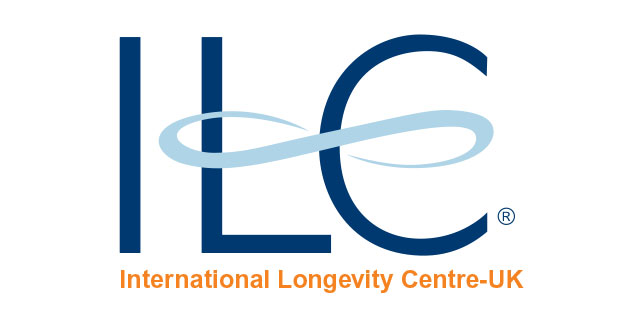“No Room For Complacency” In Addressing Age Discrimination In Breast Cancer Care
 In its latest report, the International Longevity Centre UK (ILC) calls for greater awareness surrounding age inequalities in breast cancer care and treatment. Although age discrimination in the provision of health and care services was banned in the UK in 2012, there continue to be age-related discrepancies in the prevalence, treatment and outcomes experienced by people with breast cancer.
In its latest report, the International Longevity Centre UK (ILC) calls for greater awareness surrounding age inequalities in breast cancer care and treatment. Although age discrimination in the provision of health and care services was banned in the UK in 2012, there continue to be age-related discrepancies in the prevalence, treatment and outcomes experienced by people with breast cancer.
Evidence suggests that ageist attitudes, both on the part of older people themselves and on that of clinicians, may impact rates of diagnosis and the treatment that people with breast cancer receive. Adults aged 80 and above are more likely to receive a late diagnosis (23%) than those aged 60-79 (15%). Moreover, older people are less aware of the risks and signs of breast cancer. 1 in 5 women over 70 report to never self-check for symptoms, potentially due to the confusing signals sent by the fact that women over 70-years-of-age are no longer called for routine screening.
Older people may also experience practical barriers to diagnosis and treatment, such as health and social care needs linked to other conditions, or caring responsibilities.
However, there continues to be a lack of data to effectively assess and monitor age discrimination in breast cancer. Indeed, a survey revealed that less than a third of English hospital trusts collects data in full on patients with secondary breast cancer, which is particularly common in older people. Moreover, with NABCOP, the current data collection programme, due to come to an end in 2019, there is concern that data collection around age inequalities will become poorer in future.
Kate Jopling, Director of Programmes at ILC argued:
“The NHS has made good progress in improving breast cancer outcomes and in taking steps to address age inequalities. However, there can be no room for complacency.”
“Addressing gaps in the collection and sharing of data for research, service provision and service improvements will be vital to the effective assessment of whether older people with breast cancer receive equal treatment.”






